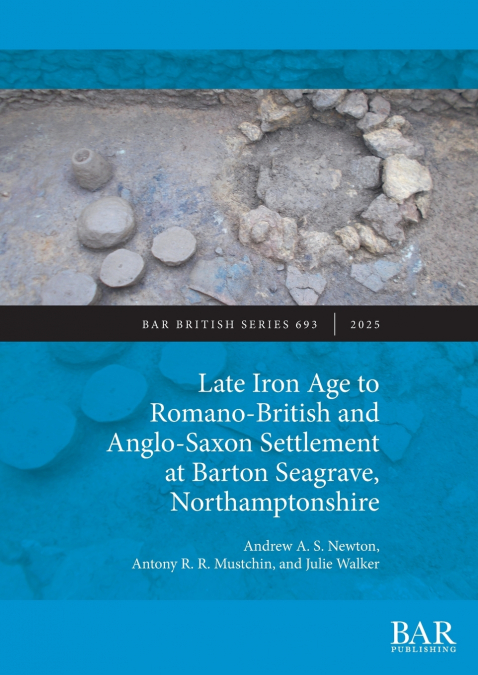
Andrew A. S. Newton / Antony R. R. Mustchin / Julie Walker
Excavation of this site in Barton Seagrave, Northamptonshire revealed activity of late Iron Age and early Romano-British date. The first phase of activity was defined by a semi-enclosed landscape including a number of discrete pit clusters and characteristic grain storage pits. Amongst these features was a stone-lined semi-subterranean structure that is unique in this region but has parallels in Scotland, Ireland, and northern France. The early Romano-British activity, dating to between the 1st and 2nd centuries AD, appears to represent changes to the function of the site while retaining the agricultural character. Significant contemporary and related settlement evidence has previously been recorded at an adjacent site, but this site is of significance in its own right and displays intrinsically interesting features, not least the regionally unique semi-subterranean structure and the unusual deposition of quernstones that it contained.